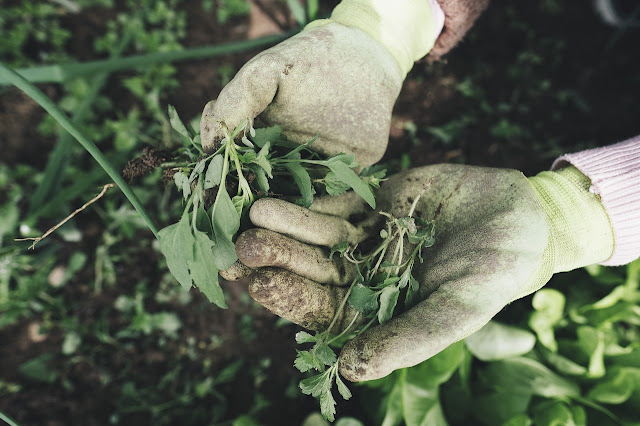Square foot gardening is a highly efficient and productive method of gardening that maximizes yields in small spaces. Developed by Mel Bartholomew in the 1980s, this approach focuses on dividing gardening beds into square foot sections, optimizing planting density and minimizing wasted space.
Here are some tips for successful square foot gardening:
Plan Your Layout: Before you start planting, carefully plan out your garden layout. Designate square foot sections and decide which vegetables and herbs you want to grow. Consider factors such as sunlight exposure, water accessibility, and plant compatibility when arranging your garden beds.
Use High-Quality Soil: Good soil is essential for successful square foot gardening. Mix in compost, peat moss, and vermiculite to create a nutrient-rich and well-draining soil mixture. Avoid using soil from your yard, as it may contain weeds, pests, or diseases.
Follow Spacing Guidelines: Each square foot section should be planted according to specific spacing guidelines to maximize growth and yield. Refer to a square foot gardening chart or guide to determine how many plants can be grown in each square foot based on their mature size.
Practice Succession Planting: Take advantage of your garden's limited space by practicing succession planting. As soon as one crop is harvested, replant the space with a new crop to ensure a continuous harvest throughout the growing season.
Companion Planting: Utilize companion planting techniques to naturally repel pests, attract beneficial insects, and improve overall plant health. Planting compatible crops together can also help maximize space and increase yields.
Vertical Gardening: Incorporate vertical gardening techniques to make the most of your square foot garden space. Train vining plants such as tomatoes, cucumbers, and peas to grow up trellises or stakes, allowing you to grow more plants in less space.
Mulch Regularly: Mulching helps conserve moisture, suppress weeds, and regulate soil temperature in your square foot garden. Apply a layer of organic mulch such as straw, shredded leaves, or grass clippings to the soil surface to improve overall plant health and reduce maintenance.
Water Wisely: Provide consistent and adequate water to your square foot garden, especially during hot and dry periods. Use drip irrigation, soaker hoses, or watering cans to deliver water directly to the base of plants and minimize water waste.
Monitor and Manage Pests: Keep a close eye on your square foot garden for signs of pests or diseases. Practice integrated pest management techniques such as handpicking pests, using physical barriers, and applying organic pest controls when necessary.
Regular Maintenance: Stay on top of regular maintenance tasks such as weeding, pruning, and fertilizing to keep your square foot garden thriving. Spend a few minutes each day tending to your garden to prevent issues from escalating and ensure optimal plant growth.
Harvest Promptly: Harvest crops promptly when they reach maturity to encourage continued production and prevent overcrowding in your square foot garden. Enjoy the fruits of your labor fresh from the garden or preserve them for later use.
By following these tips, you can create a successful and productive square foot garden that provides a bounty of fresh vegetables and herbs throughout the growing season. With careful planning and attention to detail, even the smallest of spaces can yield abundant harvests

Comments
Post a Comment